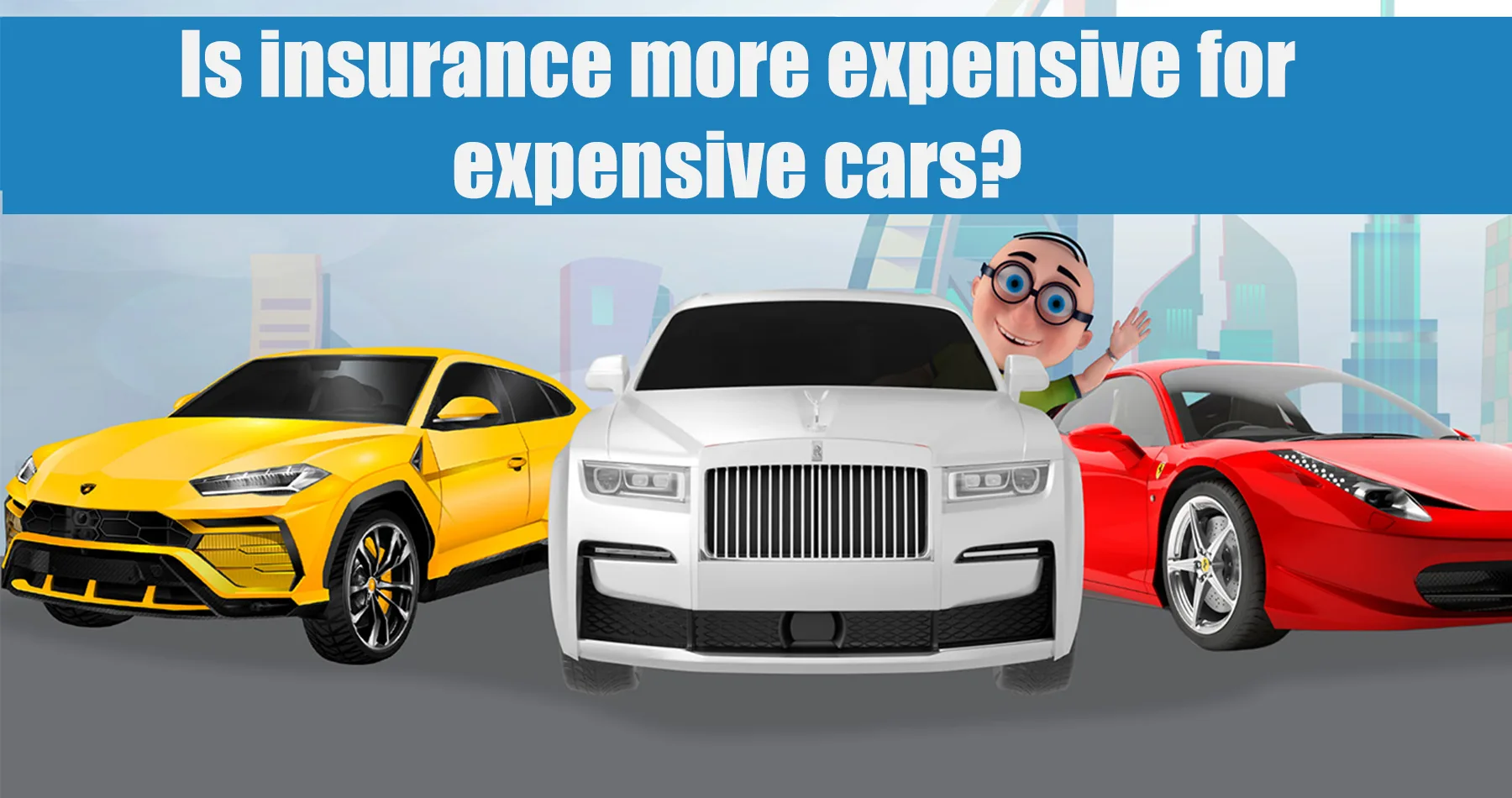Is insurance more expensive for expensive cars? Why?
Several elements affect auto insurance costs, but the important one is the relationship between an automobile’s price and insurance rates. There’s a prevailing belief that expensive vehicles come with higher insurance premiums, but the relationship between the two isn’t always straightforward. Let’s examine some reasons why higher-end cars may have more expensive insurance.
Actuarial Analysis:
Insurance companies use actuarial analysis to determine the insurance cost. Actuaries assess risk based on various factors, including the car’s price. Expensive automobiles generally cost more to repair or replace, so insurers face higher potential payouts in the event of an accident or theft. This increased risk of financial exposure for the insurance company often leads to higher premiums for expensive cars.
Risk Assessment:
Insurance companies primarily assess risk when determining premiums. Expensive cars frequently have more repair or replacement expenses because they contain more specialized parts, exclusive manufacture, and advanced technology. These factors drive up insurance costs since insurers consider the potential expenses they might incur in the event of an accident.
Replacement and Repair Costs:
Luxury or high-end sports cars often incorporate cutting-edge technology and use specialized parts. Compared to regular automobiles, these parts are more expensive to repair in instances of damage or theft. Insurance companies factor in these higher replacement costs when setting premiums for expensive cars.
Theft Risk:
Expensive cars are often prime targets for theft due to their high value. This increased risk of theft contributes to higher insurance premiums. Statistically, luxury cars are more likely to be stolen, prompting insurers to charge more to cover potential losses.
Performance and Safety Features:
While expensive cars often boast advanced safety features, they can also have high-performance capabilities. Higher speeds and quicker acceleration raise the risk of accidents, which may lead to higher insurance costs. On the flip side, some insurers might consider the superior safety features of expensive cars and offer discounts for these advanced safety measures.
Driver Profile:
Insurance companies consider the driver’s profile and history when determining premiums. Owners of expensive cars might be perceived as higher-risk drivers, leading to higher premiums. Moreover, those who can afford costly cars may reside in areas with higher theft rates or have a history of making expensive claims, further impacting insurance costs.
Maintenance Costs:
Expensive cars often come with higher maintenance expenses. Because these cars are complex and specialized, insurance companies may expect more frequent claims or higher repair expenses, which could result in higher premiums.
Brand Reputation:
The brand of the car also plays a role. Some luxury brands might have a reputation for higher repair costs or be more prone to theft, influencing insurance rates. Brands with a history of reliability and lower repair costs could have lower insurance premiums.
Market Value Depreciation:
The value of an expensive car tends to depreciate rapidly. Insurance companies factor in the car’s market value when determining premiums. Insurance rates may drop in tandem with the value, although they do so at first to offset the high initial cost.
Insurance Coverage:
The level of insurance coverage also impacts the premium. Expensive cars often come with higher coverage limits to protect their value adequately. This increased coverage leads to higher premiums compared to standard vehicles.
Mitigating Factors:
Despite these general trends, several factors can mitigate the higher insurance costs associated with expensive cars:
- Good Driving Record: A clean driving history can lower premiums, even for high-value cars.
- Anti-Theft Devices: It is possible to minimize the risk of theft and lower insurance premiums by installing security features or tracking devices.
- Location: Where the vehicle is parked or the driver resides can impact premiums. Safe neighborhoods or areas with lower crime rates might cause in lower insurance costs.
- Bundling Policies: Insuring multiple vehicles or combining home and auto insurance with the same provider can sometimes lead to discounts.
Conclusion:
Even if the cost of an expensive car often translates into higher insurance costs, this is not the only factor. Multiple factors, including repair costs, theft risk, driver profile, and insurance coverage, contribute to the final premium. Insurance companies use a complex algorithm to calculate premiums, and while expensive cars tend to have higher insurance costs, individual circumstances can influence the final amount. Understanding these factors can help car owners make informed decisions when purchasing insurance for their high-value vehicles and take steps to potentially mitigate some of the higher costs associated with insuring expensive cars.
